Professor Harp Biography
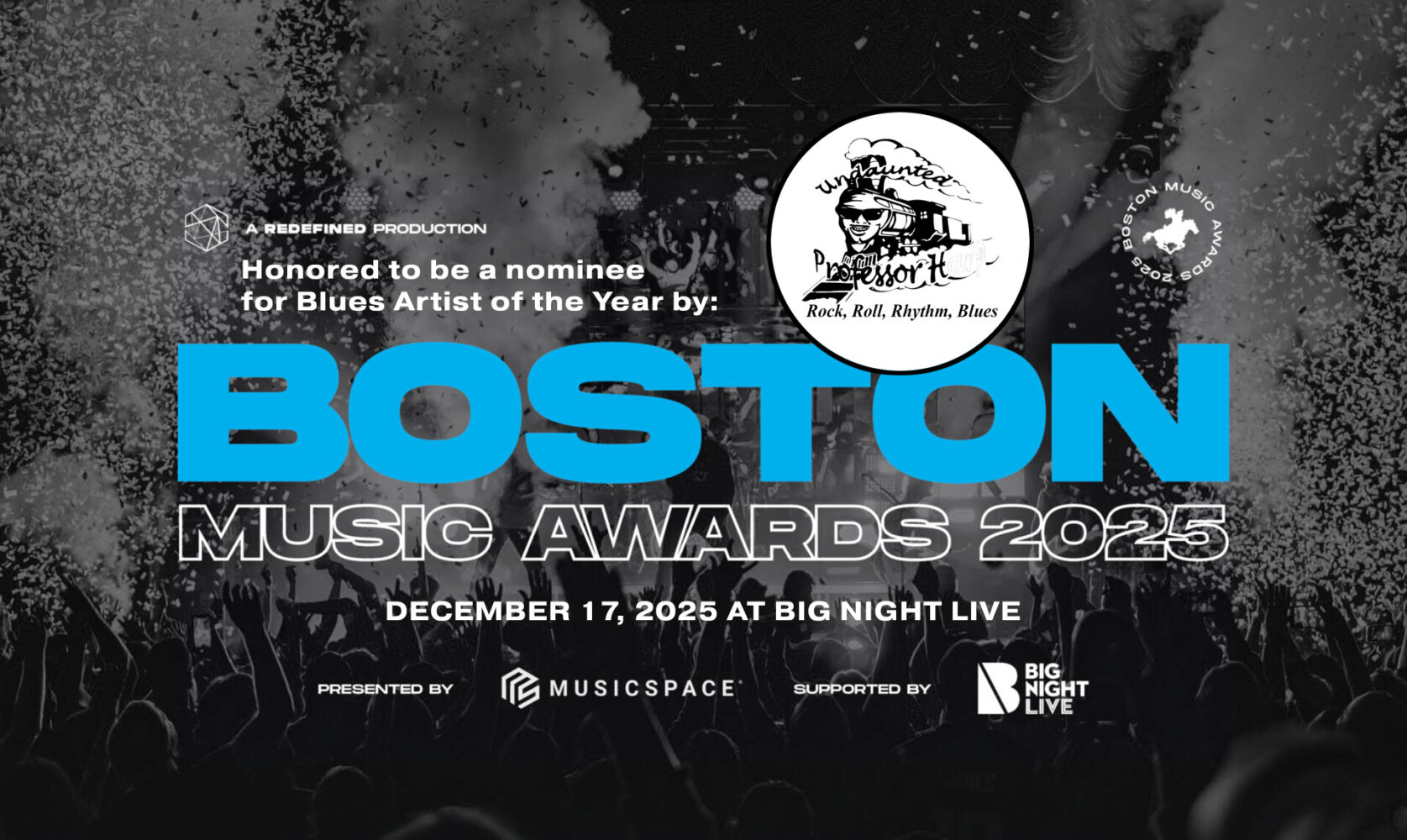
The Professor was a rock ‘n’ roll drummer until ’69, when the Boston blues revival and a sterling performance he caught of blues harmonica great George Allen ‘Harmonica’ Smith, combined to lure him away from drums and into a full court press on the blues harp. “Undaunted!” he brags, by the vicissitudes of his life as blues man, front man, every kind of man, Professor Harp puts forth his commanding presence and exceptional talent, night after night.
Although born and raised as Hugh Holmes of Boston, Mass., the emanations from his harmonica and vocals make it clear that Professor Harp has the blues of Texas and the whole wide Delta coursing through his veins.
Primarily playing a sparse, yet full-sounding brand of no-nonsense, no-frills Texas style blues, Professor Harp specializes in what he calls, ‘roots music’. “It’s whatever makes me feel good and moves me, so to speak.” Indeed it has evolved while continuing to move audiences for decades.
Under the influence of many diverse blues greats, Professor Harp has developed a robust playing style. He often utilizes the Leslie rotating-speaker sound system to give his harp a Hammond organ timbre, while he alternately and simultaneously employs the standard or traditional ‘electrified’ blues harp. The Professor tops this off by singing the blues with an infectious fervor, supported at his strictest insistence by only top-flight musicians on guitar, bass, and drums.
Professor Harp performed with various bands throughout the Northeast including legends Solomon Burke and Luther ‘Guitar Jr.’ Johnson and played live on NBC’s Today Show. Among the legions of hot performances at rocking blues clubs, the memories that often stand out for The Professor are the nights his harp helped to swell the room, in a spontaneous jam with his old mentor, the inimitable bluesman Muddy Waters.
It was the spring of ’75 when a friend first introduced Hugh to Muddy Waters. Following his friend backstage at Boston’s Paul’s Mall, he found Muddy immersed in a game of Casino with bassist Calvin
Jones.Muddy was unresponsive when it was suggested that Hughie Holmes should sit in on a few numbers. Holmes and his friend backed off.
Yet, halfway through his show Muddy stopped and asked where that harp player was. The Professor was ready. Overcoming the sudden burning in his ears, Harp climbed on stage and miraculously grabbed exactly the right harmonica from his disorganized bag of harps. As usual he took the time to grease it up with Vaseline, and still jumped in without slowing down the show for a moment. From that day on Harp had a standing invitation to join in whenever Muddy took the stage.
Harp says every show with Muddy was a learning experience and he cites Muddy as his greatest teacher. Muddy, in turn, called Hugh the professional of the Harp. Solomon Burkecalled him Professor Harmonica Holmes. After two greats anointed him with sobriquets, Hugh Holmes decided it was time to split the difference and became Professor Harp.

Photography credits and many thanks to Dhana Whiteing, Mike Kurgansky, Michael Baumann, Anne-Marie Beck, Lilian Dina and Jimdad Kenney.
Professor Harp at Sala Camacuá
The Steam Engine – March 26, 2025
(Translated by Google Translate)
The Blues Club did it again. One Wednesday at the end of the southern hemisphere summer, they managed to fill the Camacuá Hall to see the blues show by La Máquina a Vapor and then the main event: Professor Harp, for the first time directly from Boston to Montevideo.
Wearing a modest wardrobe—compared to previous artists who have visited us—the Professor took the stage carrying a backpack, a small harmonica bag, a black beret, headphones around his neck, and impeccable white loafers, once again becoming the only African American in a room packed with Caucasians of all stripes. Apparently, this is a situation he’s not unfamiliar with, as his website, www.professorharp.com, states : “Never mind that my life as a Bluesman living in a sea of white people here in the New England area has been nothing but a vicious struggle, battling the racism inherent in our part of the world. (…) No, I never stopped trying.”
Accompanied by his usual support band, he performed his show while, on one side of the stage, a pair of visual artists intervened on a blank canvas until they completed a unique live visual work.
After a start with some technical details in the return, the musicians begin to relax and the first smiles appear. The Professor directs them with his two index fingers, which they obediently follow. He then asks for a standing ovation to welcome the “local talent”: Hernán Poloni on guitar.
Between songs, Harp addresses us a few times, introducing the next song. I honestly don’t think many people understand him, whether it’s due to his lack of English or his accent. He persists, and I manage to identify that he’s taking us through songs about Boston, Chicago, the West Coast, Louisiana… and apparently, they’re all his favorites.
He plays various models of the harmonica, and when he’s not playing, he clings to the microphone and sings with great passion. He gives us a harmonica solo, and then the guitar takes center stage, under all the spotlight, while his instrument brings us sounds of a distant train or painful wails.
The featured artist takes the time to introduce each of the band members: Adrián “the boss” Flores on drums and Junior Flores on bass, both from Córdoba; Hernán on guitar; and Alejandro Bravo, a guest from Entre Ríos, also on guitar.
By now the musicians are completely dedicated: they dance, make faces, exchange glances, have a blast, and the audience receives and returns the same energy.
Changing harmonicas, the professor saved the best for last. He presents a noticeably larger instrument, and the sound is very different, almost like an organ, and he plays it with great virtuosity and, of course, great range and breath control.
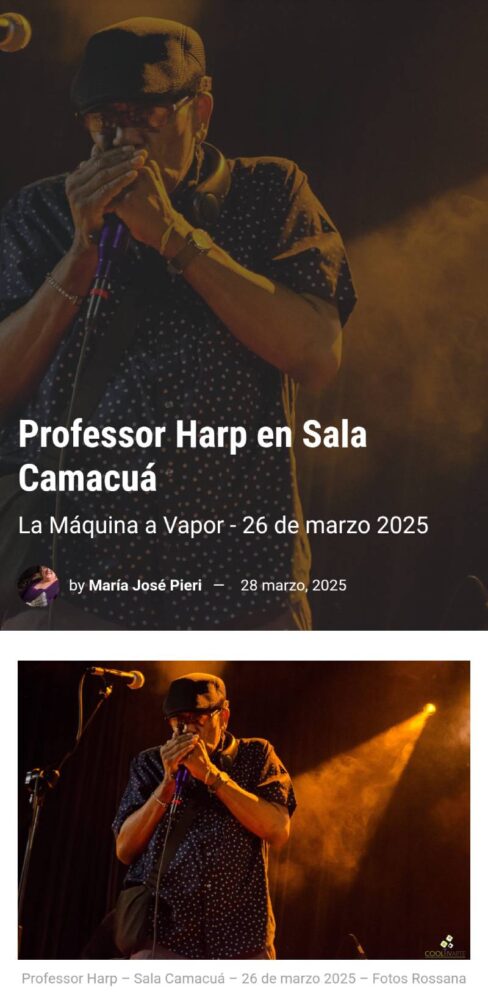
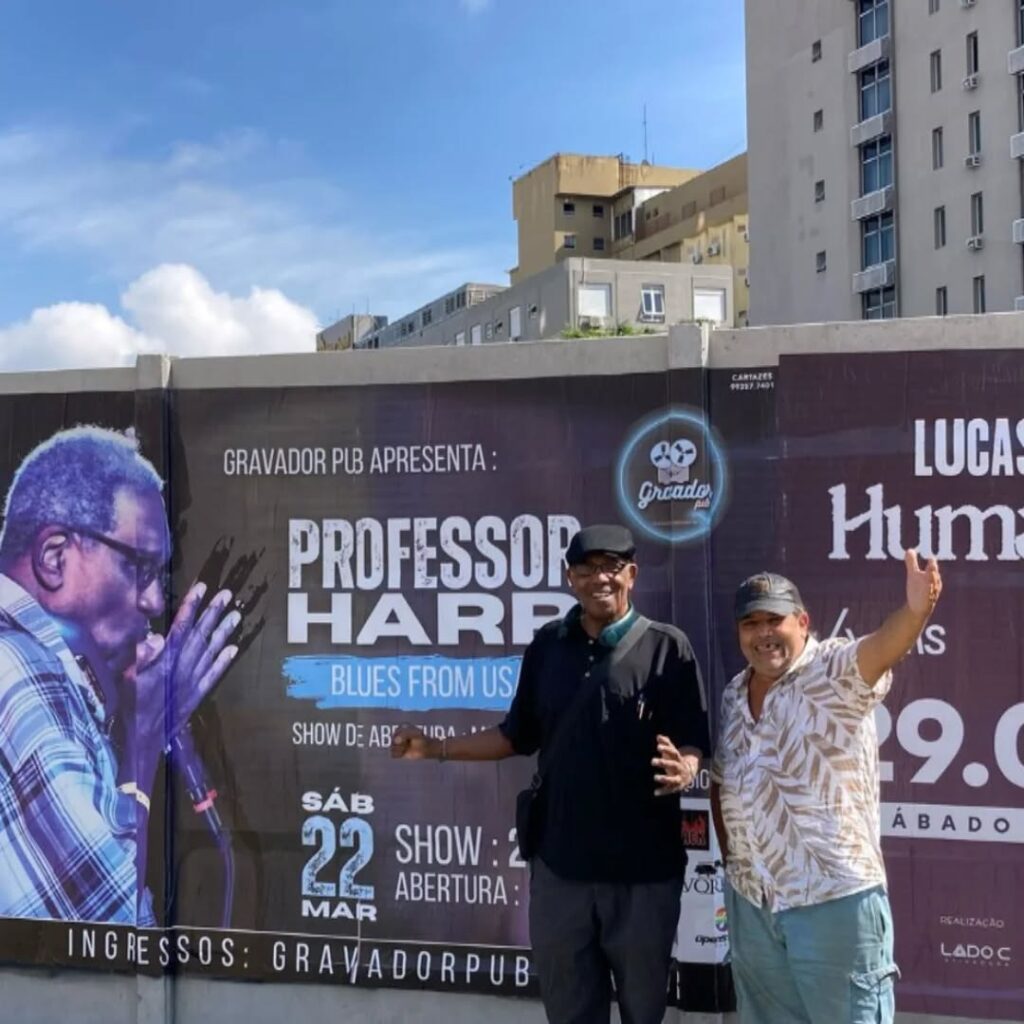
See upcoming club dates
The last song ends surprisingly, leaving us all speechless, eager to continue enjoying the magic of the blues in the Montevideo nightlife.
Harp summons The Steam Engine to the stage to end the night with a bang. He returns to a smaller harmonica and manages to make all kinds of sounds: whistles, bass, and treble. For the last song, he prefers to sing to us alone, generously allowing each player their moment, listening intently. At the end, he promotes the sale of his recently recorded CD in Brazil, signs the finished painting, and acquiesces to multiple requests for photos from the audience, who leave happy, ecstatic about the great night.
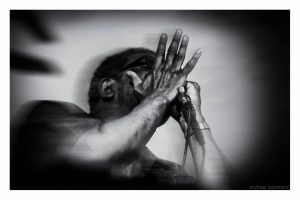
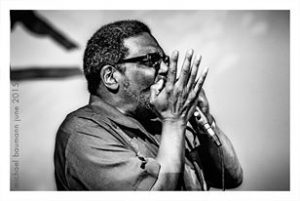
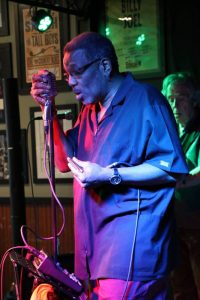
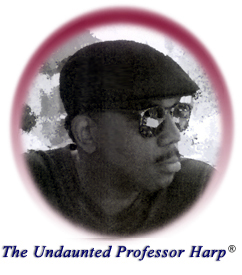
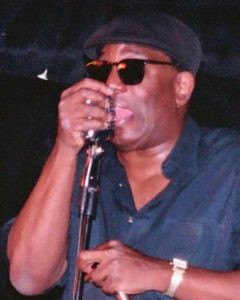
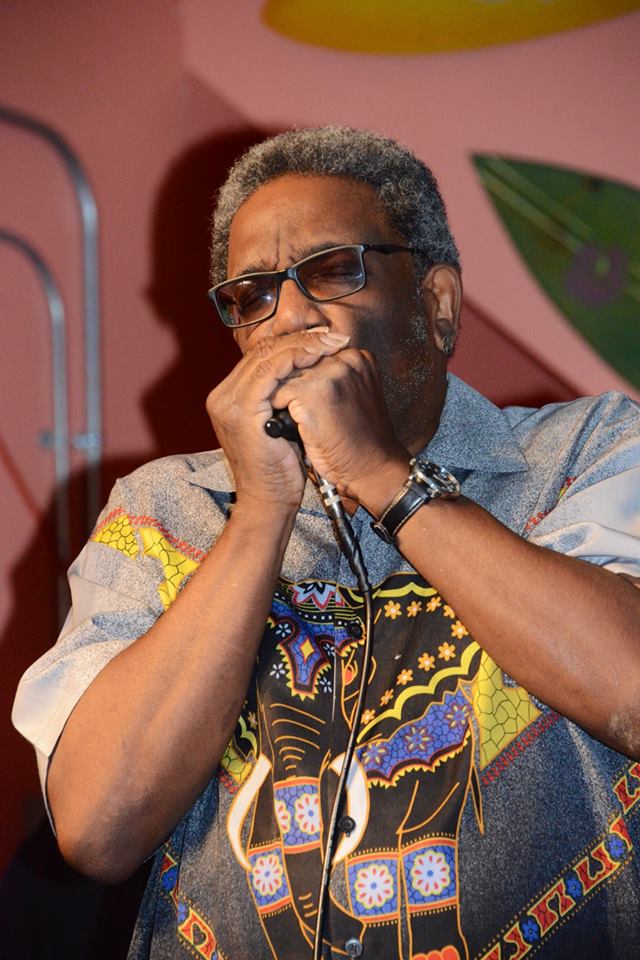
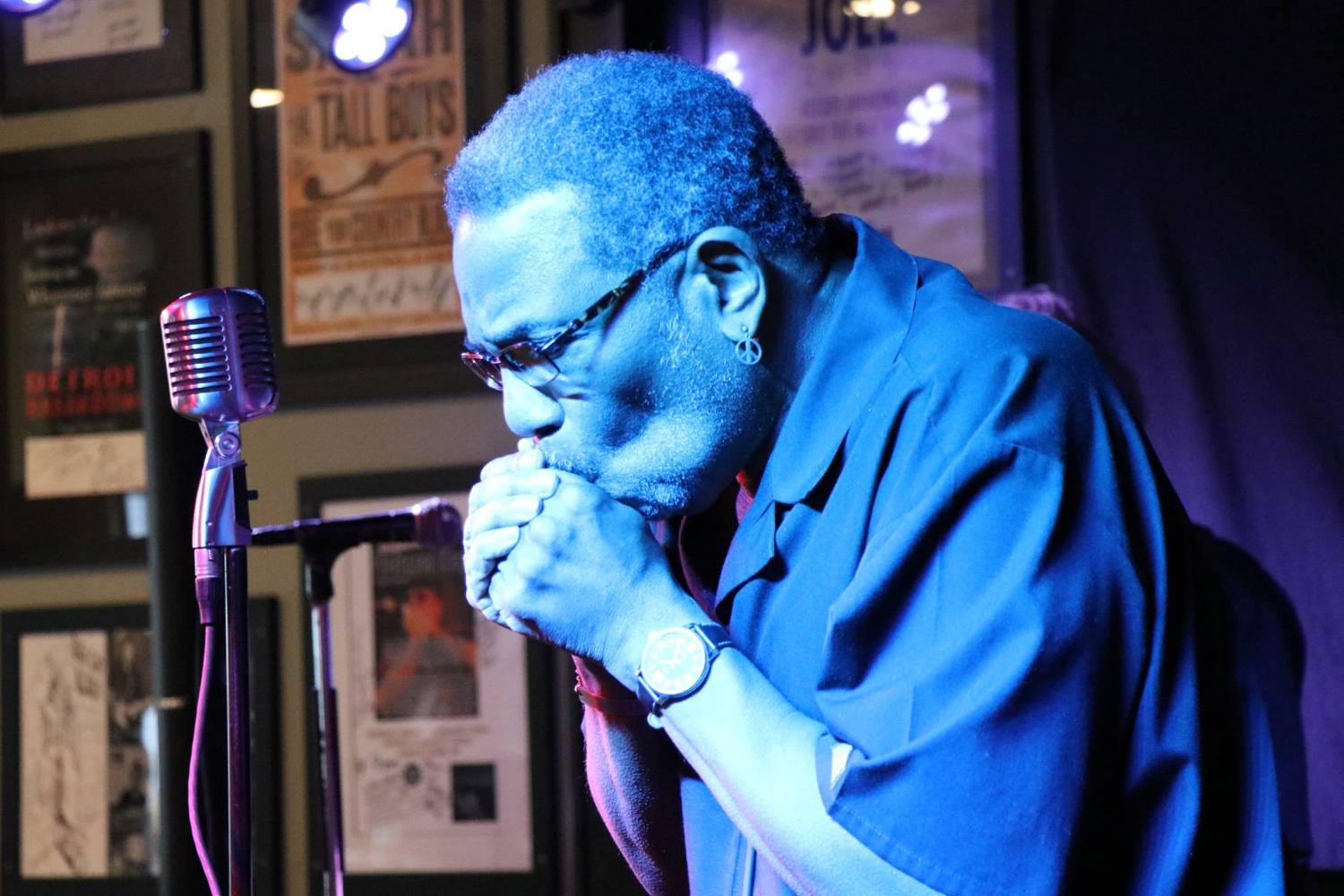
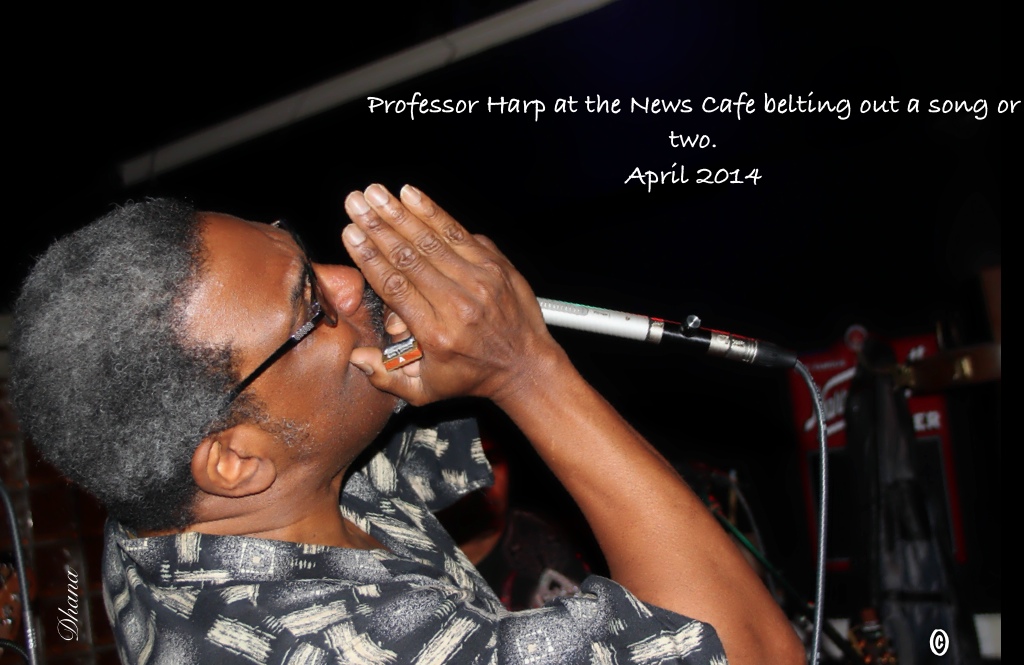
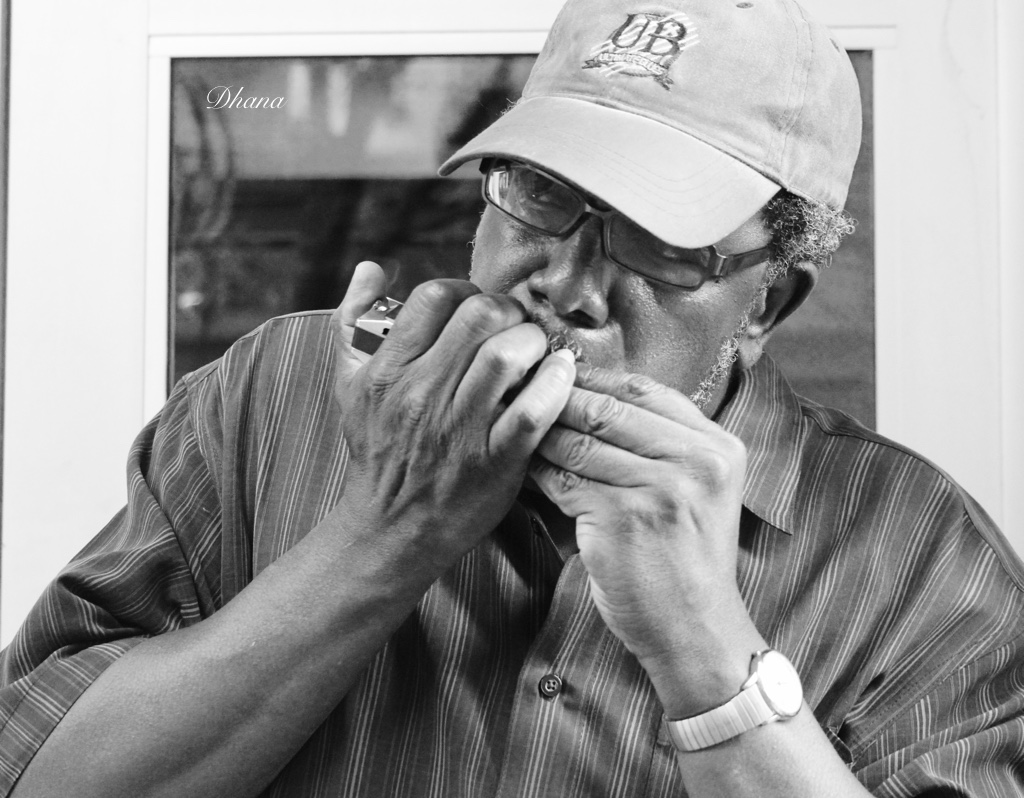
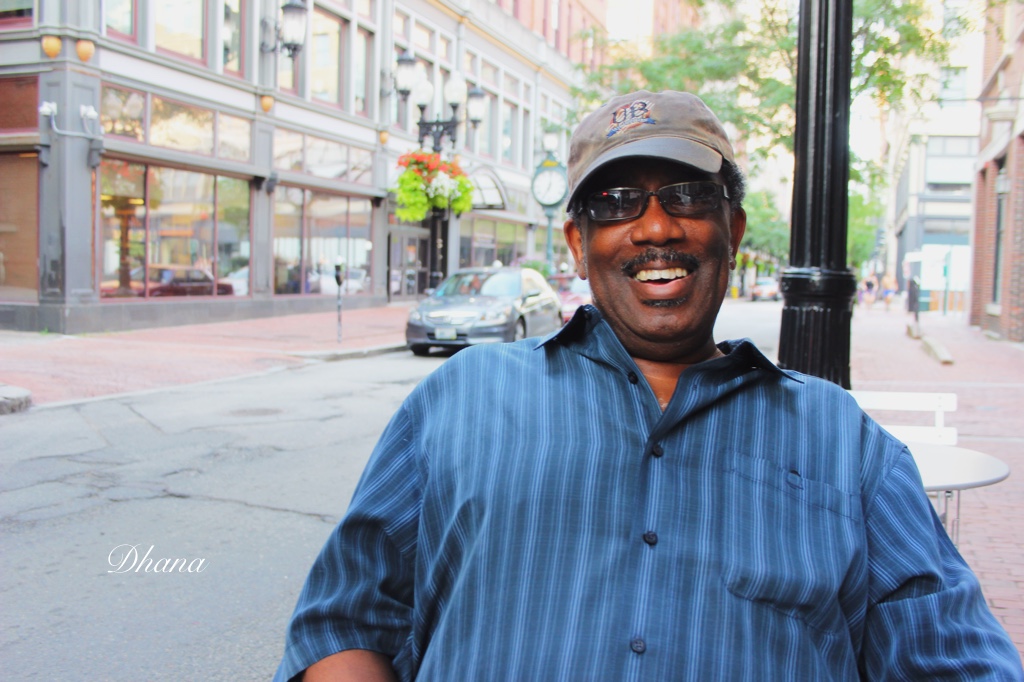
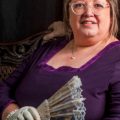 by
by 